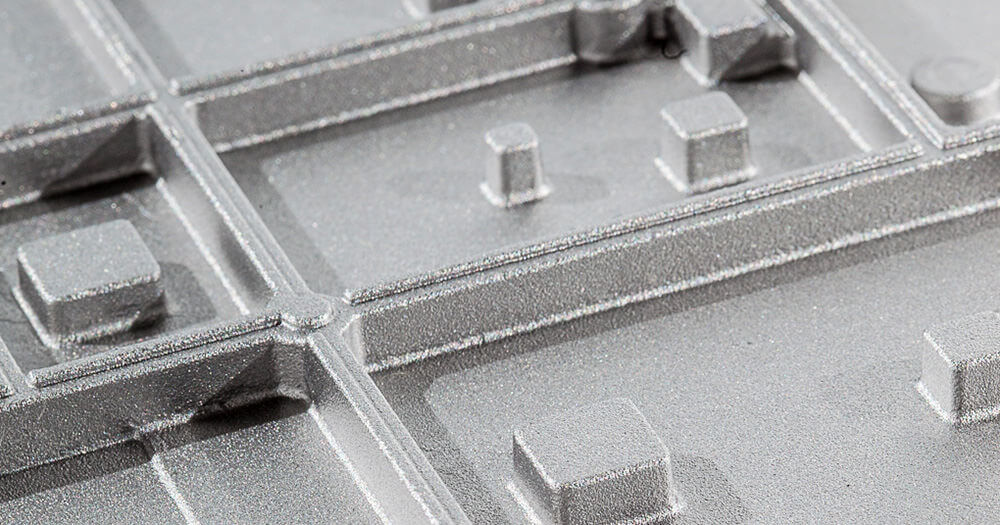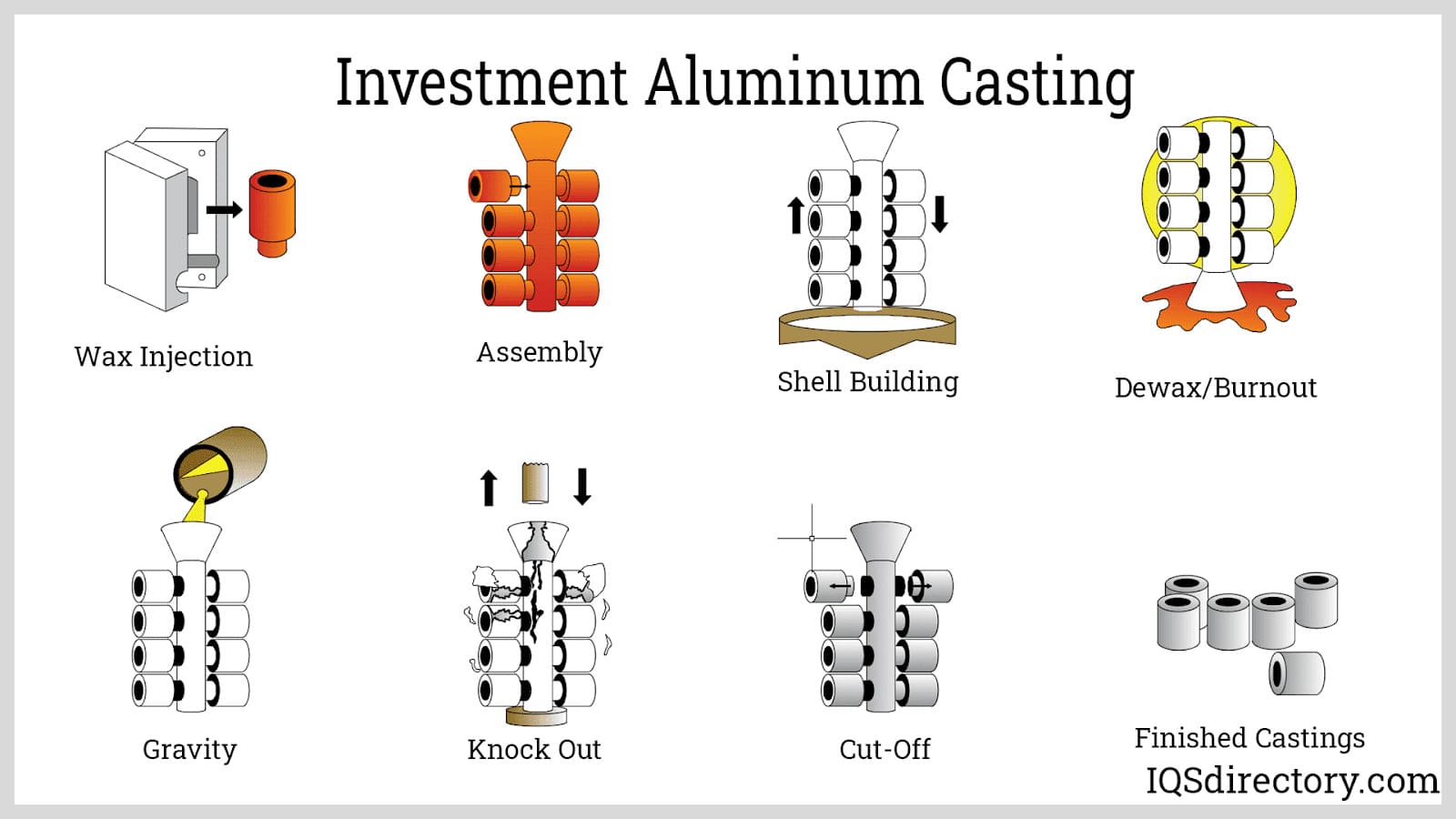Stahl Specialty Company for Dummies
Stahl Specialty Company for Dummies
Blog Article
Not known Factual Statements About Stahl Specialty Company
Table of ContentsThe Only Guide for Stahl Specialty CompanyStahl Specialty Company - QuestionsHow Stahl Specialty Company can Save You Time, Stress, and Money.Indicators on Stahl Specialty Company You Should KnowSee This Report about Stahl Specialty CompanyTop Guidelines Of Stahl Specialty Company

If you're developing a steel item, you've likely considered using light weight aluminum as the base product. Pure aluminum has restricted applications, so it is often integrated with various other components, such as silicon, magnesium, and manganese to develop alloys.
(AA), based in North America, has actually developed specifications that regulate aluminum alloys' composition, residential or commercial properties, and classification. There are 2 types of aluminum alloys wrought and cast.
Facts About Stahl Specialty Company Uncovered
Cast aluminum alloys are made by thawing pure aluminum and incorporating it with other steels while in liquid type. The mix is poured right into a sand, die, or financial investment mold. After solidification, the metal is gotten rid of from its mold. At this stage, it remains in either its final form or as a billet or ingot for more handling.

For instance, 160.0 stands for a cast with a minimum of 99.60% light weight aluminum. The 4th figure, which follows the decimal factor, defines if the alloy is a casting (xxx. 0) or an ingot (xxx. 1). Wrought light weight aluminum alloys likewise start by incorporating liquified light weight aluminum with other metals. In comparison to cast alloys, however, they are formed into their final shape through processes such as extrusion, rolling, and bending after the steel has actually strengthened right into billets or ingots.
There are numerous minor differences between wrought and cast light weight aluminum alloys, such as that actors alloys can consist of much more significant quantities of various other metals than wrought alloys. The most remarkable distinction between these alloys is the manufacture procedure with which they will go to deliver the last product. Other than some surface area treatments, cast alloys will certainly exit their mold in almost the exact solid kind desired, whereas functioned alloys will certainly go through several alterations while in their solid state.
If you think that a functioned alloy may be the very best for your task, take a look at several of our posts that discuss more concerning particular functioned alloys, such as Alloy 6061 and Alloy 6063. On the other hand, if you assume a cast alloy would certainly be better for you, you can discover more concerning some cast alloys in our Alloy 380 and Alloy 383 articles (coming quickly).
Stahl Specialty Company - Truths
When picking an aluminum factory for your manufacturing needs, it's crucial to research a number of factors. Among the most important facets to take into consideration is the experience and skills of the factory. Casting Foundry. Picking a factory who has the best knowledge of the light weight aluminum spreading process, and the profile to reveal for it, assists to have an effective result for your project
Having the experience and industry knowledge to engineer your castings for optimal production and high quality results will enhance the job. Producing aluminum castings requires a complex collection of procedures to accomplish the ideal results. When selecting a brand-new light weight aluminum shop to companion with, ensure they have substantial sector experience and are educated concerning all elements of the aluminum spreading procedure: layout, production, product evaluation, and product screening.
The shop needs to additionally have a tried and tested track record of delivering phenomenal items that meet or exceed client expectations. Quality control must also go to the top of your listing when selecting an aluminum shop. By working with a certified shop who complies with the criteria for high quality control, you can protect the stability of your product and ensure it meets your specs.
By picking a firm who supplies services that meet or surpass your product imp source needs, you can be sure that your project will be finished with the utmost accuracy and efficiency. Particular aluminum shops concentrate on details sorts of making processes or casting techniques. Different components need various production strategies to cast aluminum, such as sand casting or die spreading.
An Unbiased View of Stahl Specialty Company
Die spreading is the name provided to the procedure of creating complex metal parts with use mold and mildews of the component, likewise called dies. The procedure utilizes non-ferrous steels which do not consist of iron, such as light weight aluminum, zinc and magnesium, because of the preferable residential properties of the steels such as reduced weight, higher conductivity, non-magnetic conductivity and resistance to rust.
Die spreading manufacturing is quickly, making high manufacturing degrees of elements simple. It creates even more parts than any kind of various other procedure, with a high degree of precision and repeatability. To find out more regarding die casting and die spreading products used in the process, continued reading. There are 3 sub-processes that drop under the classification of die casting: gravity pass away casting (or permanent mold and mildew spreading), low-pressure die casting and high-pressure die spreading.
After the purity of the alloy is checked, dies are created. To prepare the passes away for spreading, it is essential that the passes away are clean, so that no deposit from previous manufacturings stay.
The Definitive Guide to Stahl Specialty Company
The pure metal, likewise called ingot, is included in the furnace and maintained the molten temperature of the metal, which is then transferred to the shot chamber and injected right into the die. The pressure is after that kept as the steel strengthens. As soon as the metal strengthens, the cooling procedure starts.
(https://pubhtml5.com/homepage/brssa/)
The thicker the wall of the component, the longer the cooling time as a result of the quantity of interior metal that likewise requires to cool. After the part is fully cooled, the die cuts in half open and an ejection device presses the part out. Complying with the ejection, the die is shut for the following shot cycle.
The flash is the extra material that is cast during the process. Deburring eliminates the smaller sized items, called burrs, after the trimming process.
Facts About Stahl Specialty Company Revealed

Zinc is one of the most secondhand alloys for die casting due to its lower expense of raw materials. Its rust resistance likewise enables the elements to be long enduring, and it is one of the extra castable alloys due to its reduced melting factor.
As stated, this alloy is just one of one of the most generally made use of, yet manufactures will, sometimes, pick light weight aluminum over zinc as a result of light weight aluminum's production benefits. Aluminum is extremely cost-effective and one of the much more versatile alloys. Light weight aluminum is made use of for a variety of various items and markets anything from window frames to aerospace materials.
Report this page